Art. Video Games. Kindred Spirits?
By TerraMantis 23 Comments
Are video games following the same path that art visually did?
When I first started my path as an artist I usually attribute the beginning to when I was a small child and my grandmother and I would sit and she and I would draw Teenage Mutant Ninja Turtles together. It feels a little ironic in hindsight to discover that each one of the turtles is named after a famous Renaissance artist. Much later in my life when learning comprehensively about the history of art, and having been a gamer for basically my entire life, I couldn’t help but draw a connection to the paths visual art has taken in the past and the way video games have been transcending.
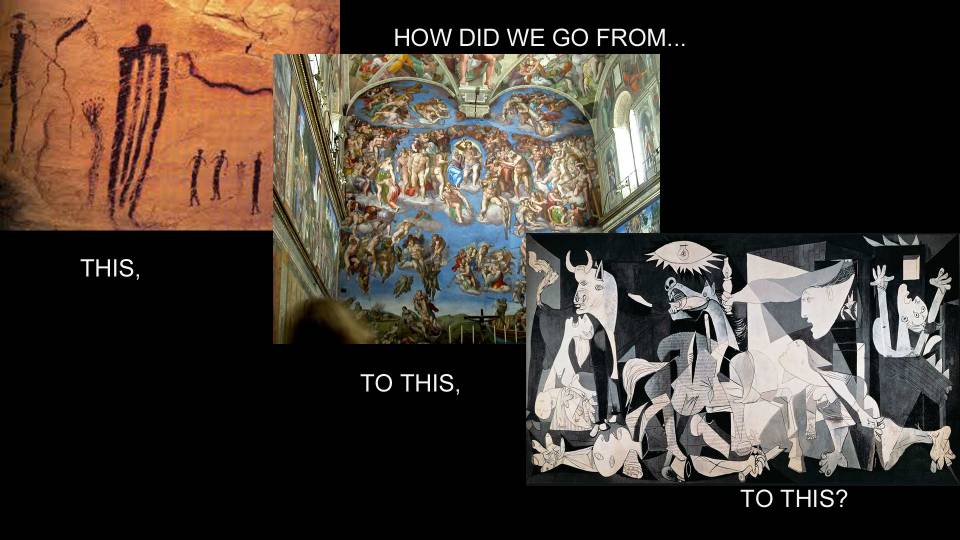
Over time painting has evolved from huge images on the inside of cave walls to huge paintings on the ceilings of chapels. One thing has always remained the same. Paintings are about how to create information for the audience to decipher that are rendered on a two-dimensional surface.
I want to give you a brief history…or the evolution of art as mankind advanced throughout time. Excuse the lack of thoroughness of my history here because I am squeezing-in about 12,000 years in roughly ten examples. The similarities to the way gaming visuals and painting have evolved in a paralleled way are uncanny.
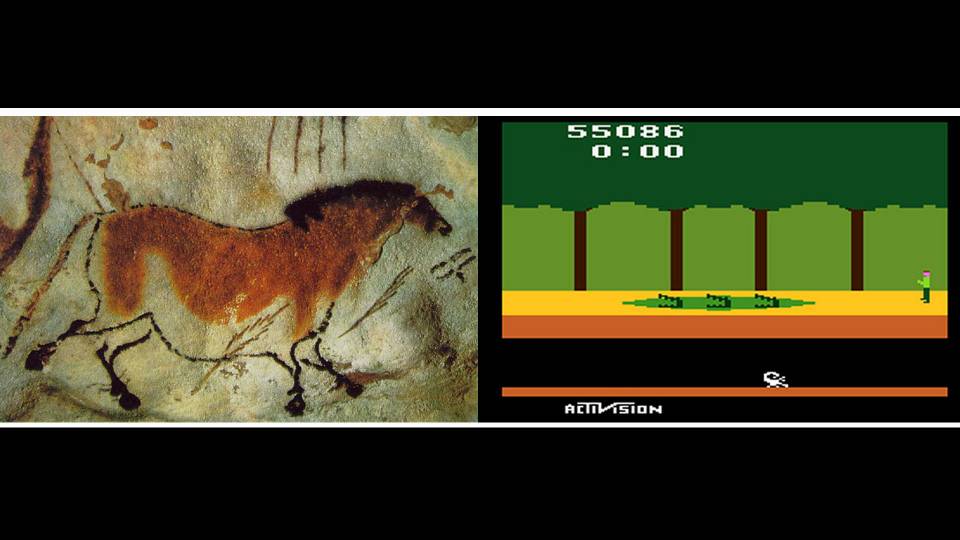
Two-dimensional images, even in the beginning, always have had the same idea behind them as they will when they transform into masterpieces and that is the idea behind what the art world calls an Icon. An icon is something that tries to look like or mimic the appearance of the real thing. As you can see back in 10,000 BCE the cave painting tried to look like the actual thing they were depicting, but there is absolutely no confusing that image for the real thing.
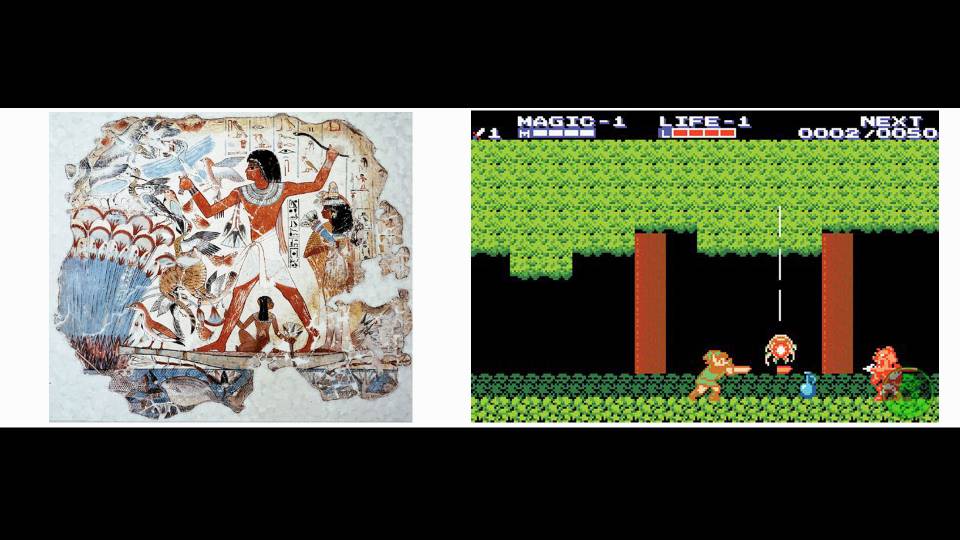
Later, we started to capture form and movement better. We also started using environments to strengthen the illusion of reality. Over all though, the figures still seemed very flat and their movements were stiff and not lifelike.
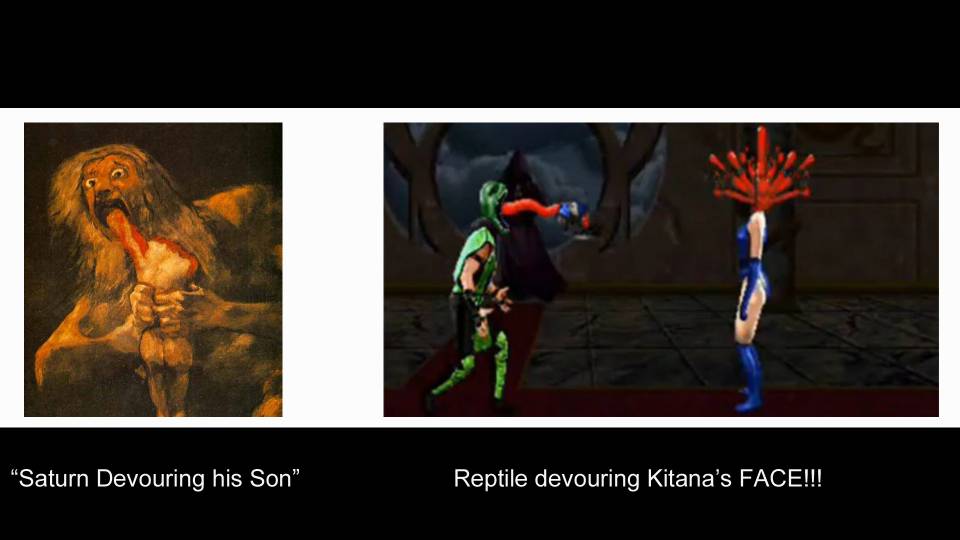
Next came the dabbling of trying to combine fantasy and real life. Not only using visual images to display information but also almost capturing something that was more real-to-life while simultaneously being fantastical and construed reality. Something though…is still far off from the full immersion of a real illusion through visuals.
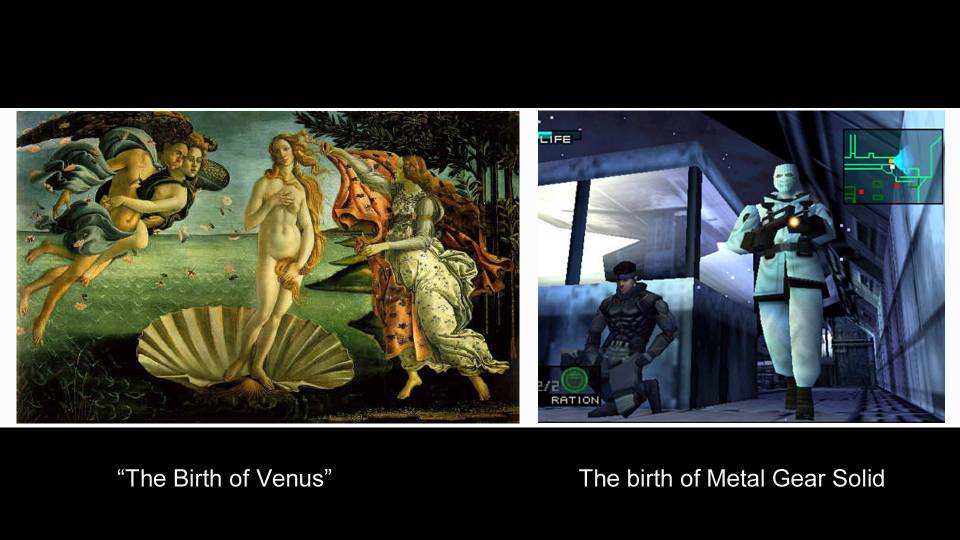
Then it came, the Renaissance. The early Renaissance started to “nail” the human figure; not just through form and shape but also through body language and composure of natural human behaviors and poses.
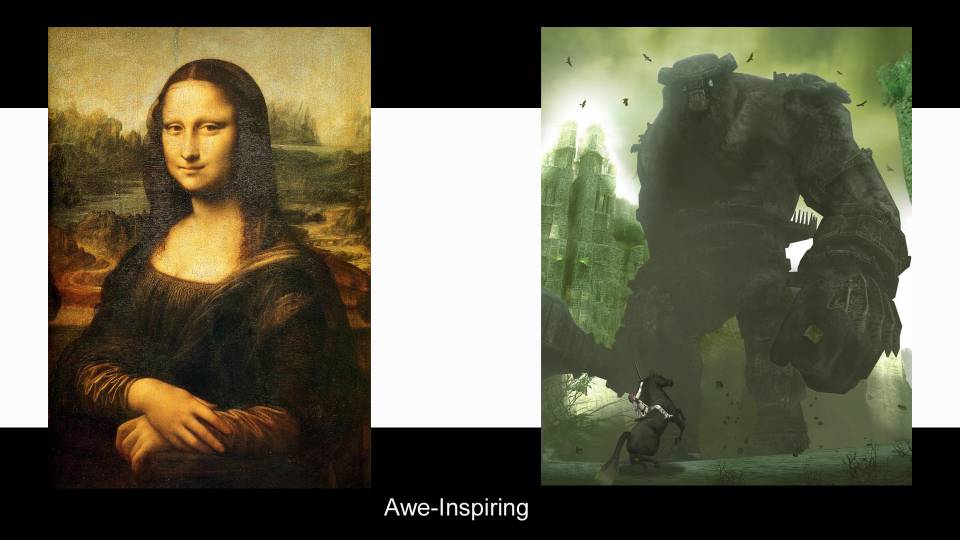
Toward the finishing years of the Renaissance artists were to a new level of rendering realism. If you have played “Assassin’s Creed II” or don’t live under a rock you know this image of “Mona Lisa” and its artist (one of the Ninja Turtles himself) Leonardo Da Vinci. Using a technique never applied before to render skin Da Vinci made one of the most realistic and memorable works that would influence other paintings, film, and literature for hundreds of years to come.
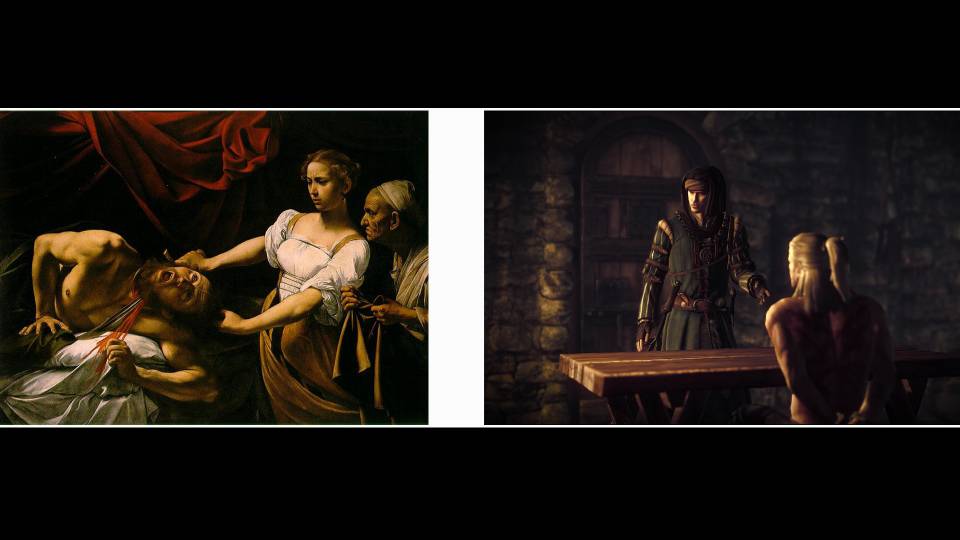
One artist who is much less infamous from the ending years of the Renaissance, but was a master of lighting and shadow was Caravaggio. This would also be what was one of the biggest turning-points for realism in gaming. One of the biggest factors for gaming this “console generation” has been the incorporation of astounding light and cast-shadow that was implemented in such a way that it truly began the actual illusion of realism in video games with real-time light and shadow.
Are we there? What is there? There is the ability to flawlessly render people, cats, dogs, guns, flowers, vases, water, drywall, etc…realistically on a two-dimensional surface (your flat television) that creates the illusion of three-dimensions.
If we aren’t there already then video games are only a handful of years away from reaching the apex of realism. More game developers seem to strive for this apex of realism than developers that do not. Sure we may continue to enhance more “lifelike” behaviors, but as far as the ability to create the illusion of rendering something realistically on a two-dimensional medium…I would have to say we are extremely close if not there. After reaching the apex of realism in the art world only a short time passed while realism was the mainstay standard of expectations for mediums.

Then BAM (maybe even a whamsmackaroo, I don’t know for certain)…it happened. The invention of the camera in the mid-eighteen hundreds turned the art-world on its side. After ten-plus millennia of striving for the perfect ability to render realism someone made a little box that could do what might possibly take an artist weeks, months, or years and deliver it in several hours. A comparison that could be seen as a similar relationship between the way the camera impacted art could be seen with the invention of the 3-D mesh generation from optical cameras (3DMGOC) in relation to video games.
This system maps and takes record of every wrinkle and facial nuance that the person goes through. Though it is not perfected yet it was only 100+ years ago that pictures were only in black-and-white and took hours to go through the developing process. Meaning, that 3DMGOC is only going to get better at its job. Just think of when developers start to put actors into full Hollywood budgeted prosthetics and make-up.
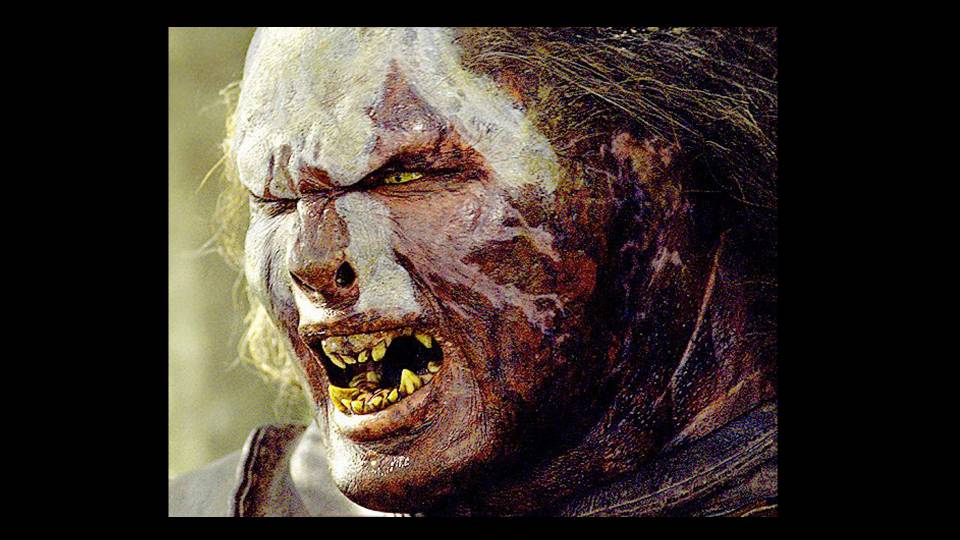
Imagine this guy in your video game wrinkle for wrinkle, tone for tone, and gingivitis for gingivitis.
The ability of the camera brought about many questions for art. What is the point of realism? What is the value of realism? Most importantly was pondered…
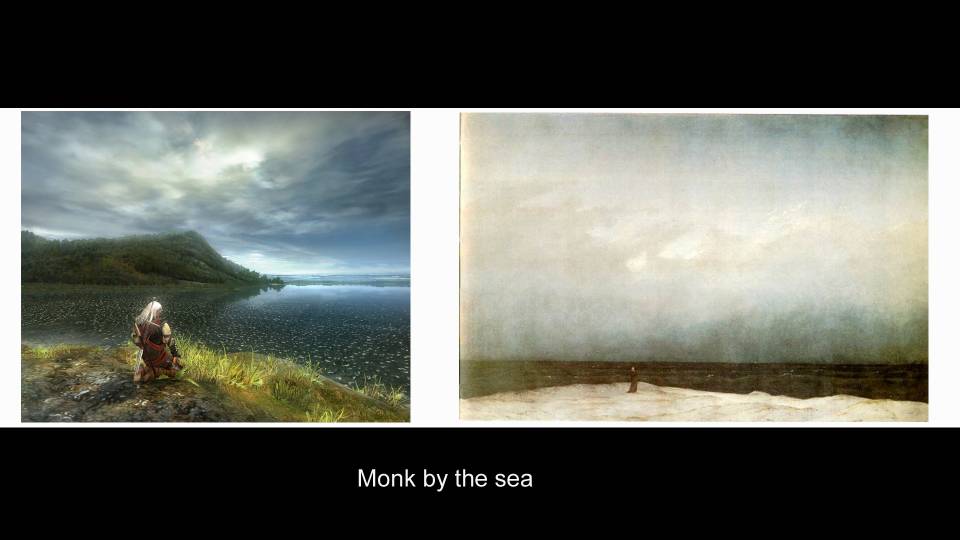
…where do we go from here?
Is this where the parallels between the history of visual art and video games stop? Are we at the so-called “invention of the camera” in relativity to the video gaming world? With the invention of 3DMGOC one might possibly think so. Or will video games refold back on themselves the way art did? Possibly…has it already happened? Here is a brief summary of what happened to art after the invention of the camera.
Basically, as time went on art grew further and further from realism to create not just something that was different than what photography could produce but also in the evolution of theory and thought behind it.
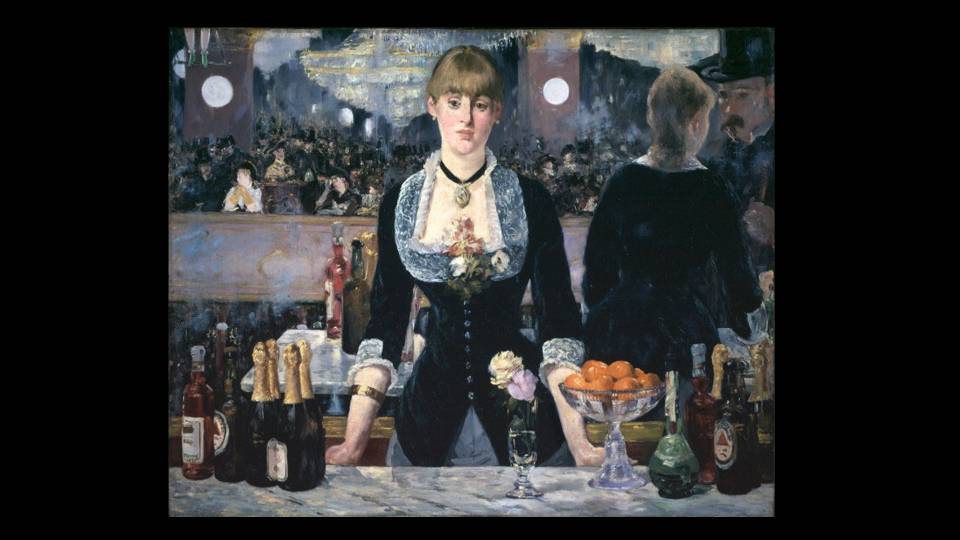
First was impressionism. Figures and surroundings were beginning to become less defined again.
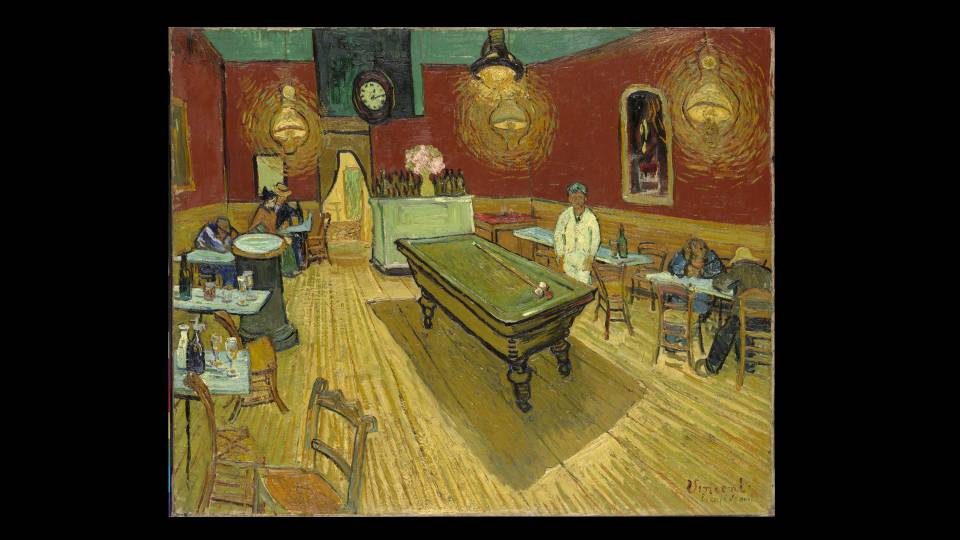
Next came post-impressionism. Post-Impressionism asked the audience to use their imagination from real life past experiences to invoke an aesthetic response and connection to the work.
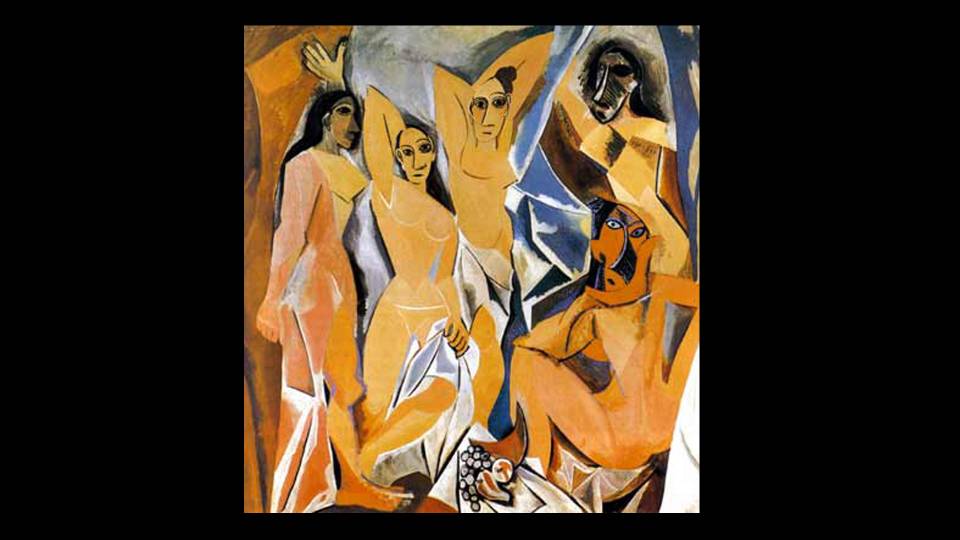
Then Abstraction was born. Not completely void of subjectivity abstraction tried to create an aesthetic responses through simple use of familiar subjectivity while simultaneously render with composition and the fundamentals of art in mind.
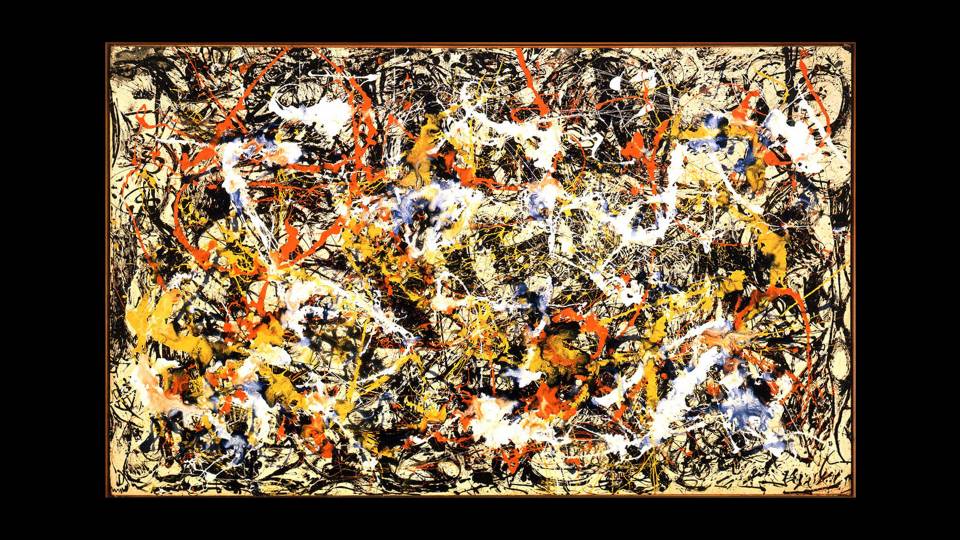
Then after Abstraction came Abstract. Completely void of subjectivity abstract art asked the audience to draw a connection to it through pure aesthetics and not confuse whether they loved it or not based off of what the image is “of”. Also abstract expressionism would become known for its deep use of “index”. Index in the art world is something that holds a physical record or existential bond to the work. When you think index think CSI. It is your physical record left behind. Abstract expressionism was about recording the painter’s movements through space and time at that particular moment while they walked across their canvas and dripped and flailed paint around the room.
This is where art folded back on itself again. After a famous writing by the art philosopher Danto in 1963 the art world would again change completely. Danto titled his work “The End of Art” which of course what he really meant and was calling for was the loss of “isms” and to say that “there is no this or that to define art”. Basically, he wanted anything to go, no classifications and no genres to segment given periods of time.
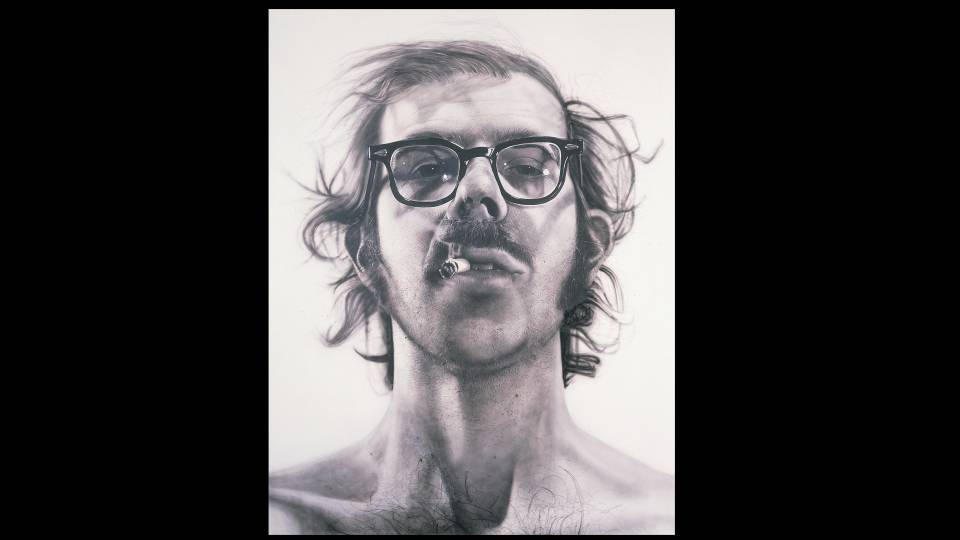
So again, after nearly one hundred years of trying to prefect pure aesthetics and move away from realism it happened. The painter Chuck Close made a ten-foot-high portrait of himself in the exact opposite vein of abstract art. He went with “hyper realism” in which there is only subjectivity and realism to draw from.
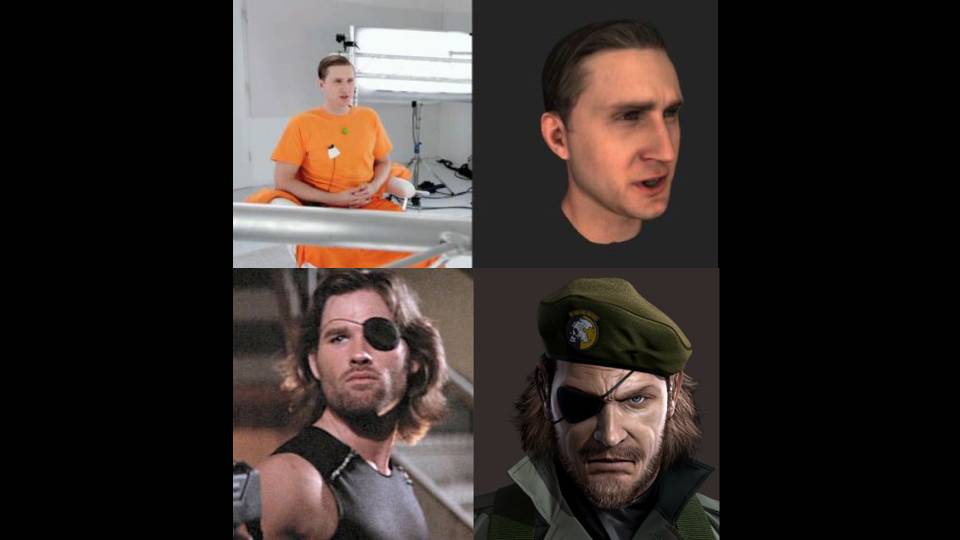
Where are video games then? Are we at the “invention of the photograph” with the newly integrated 3DMGOC for gaming? Have video games not reached the apex of realism the Renaissance did? Or have video games blast-through the stipulations of visual apex so quickly that it was barely noticeable and we are now already in the realm of Danto’s “anything goes world”? Regardless, it is already an amazing feat that video games seem to have sped through what took mankind nearly twelve thousand years in a mere sixty some-odd years’ worth of visual evolution in gaming.
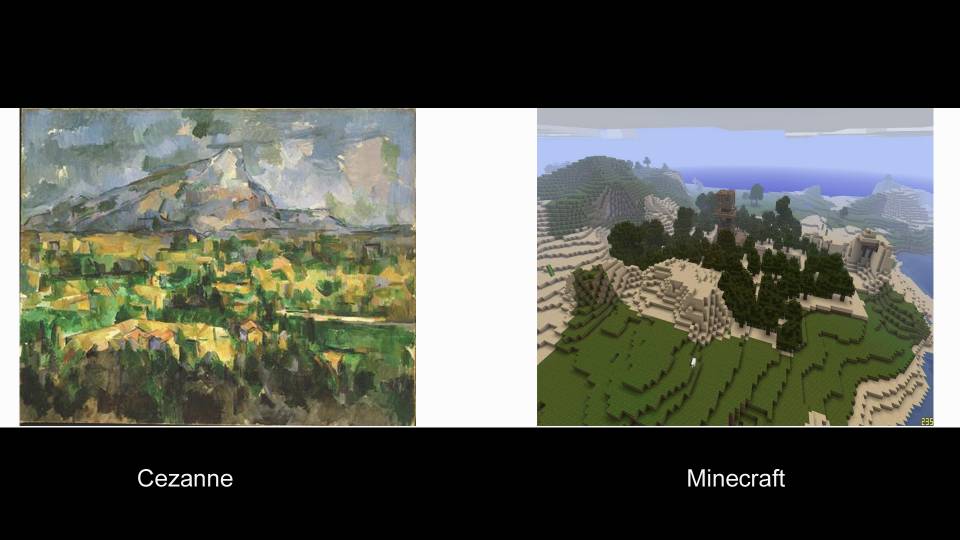
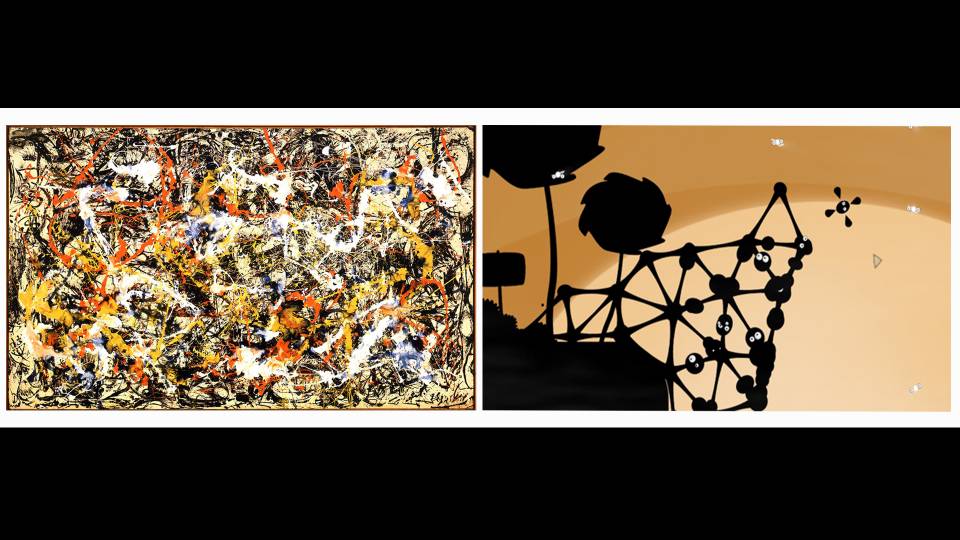
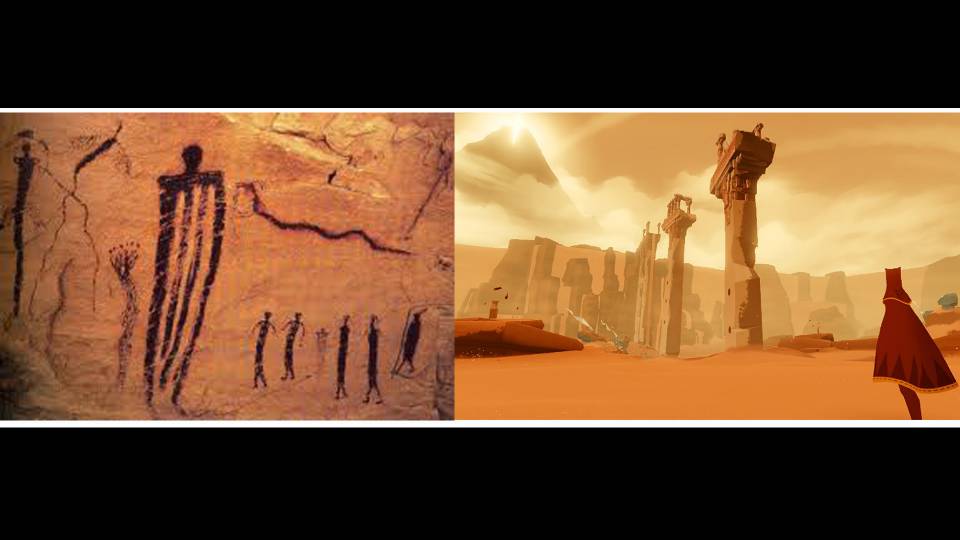
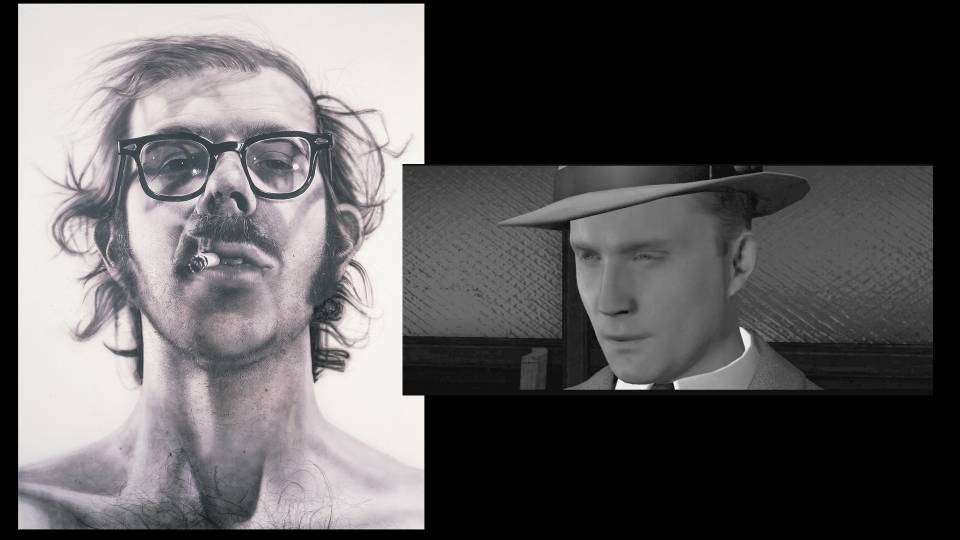
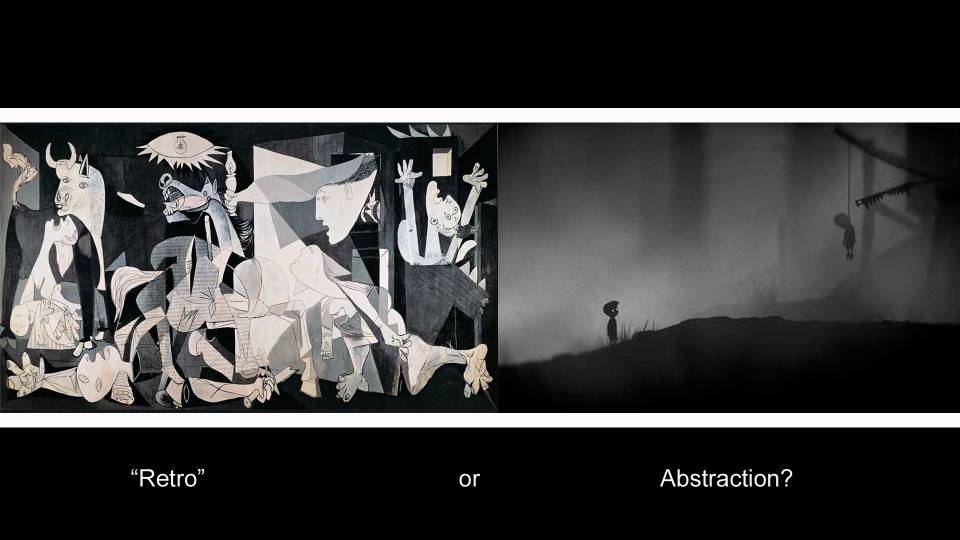
Where do you think games are?

23 Comments